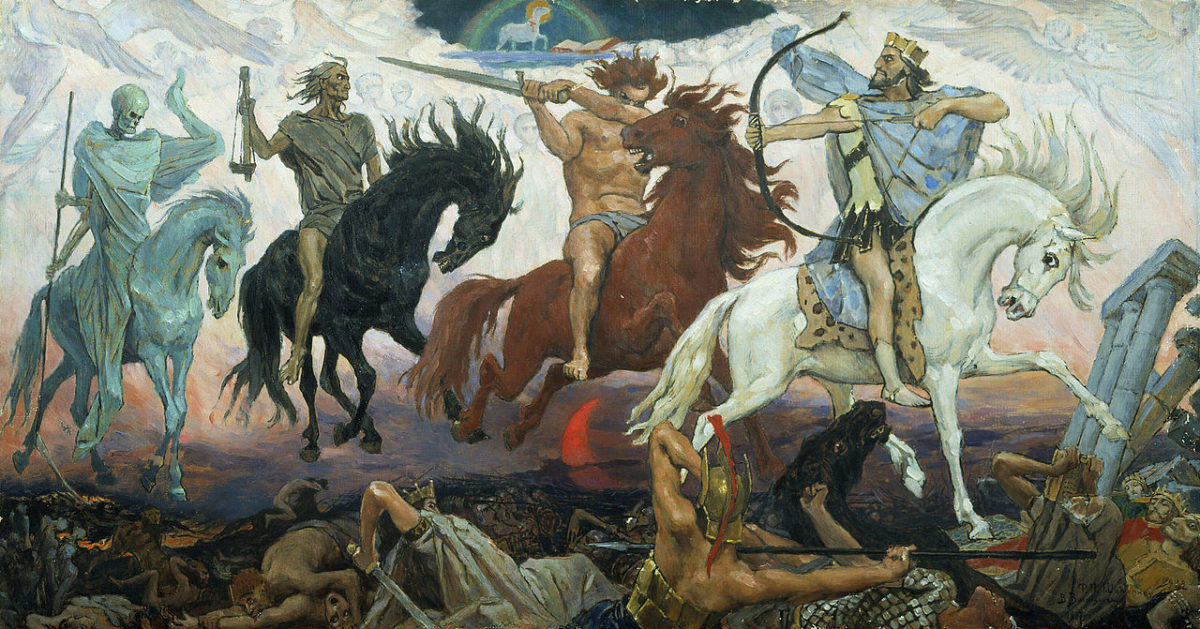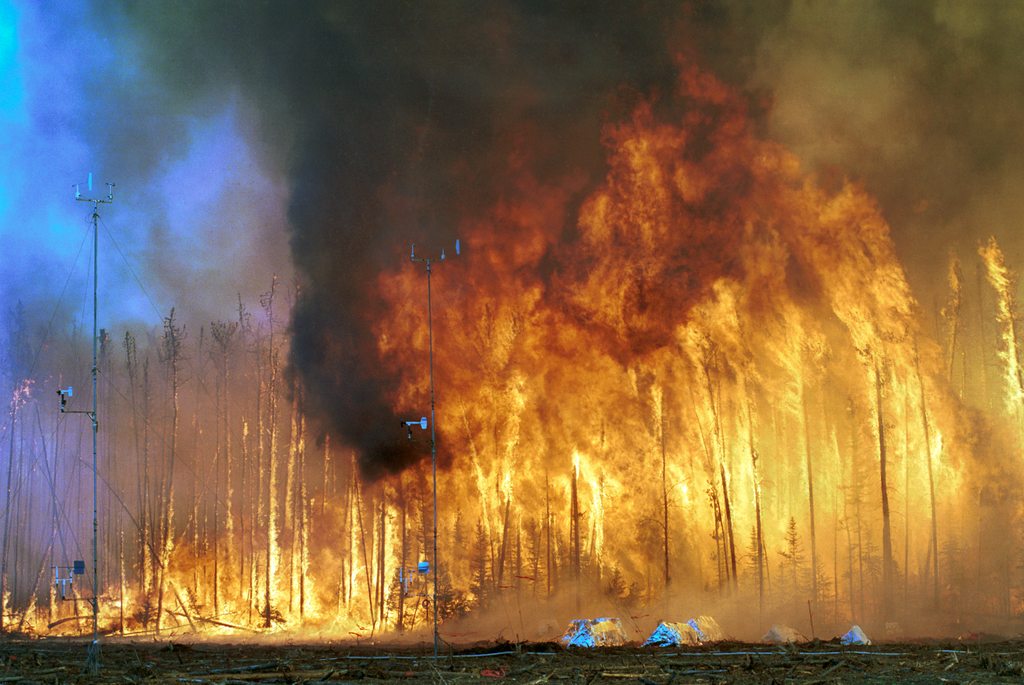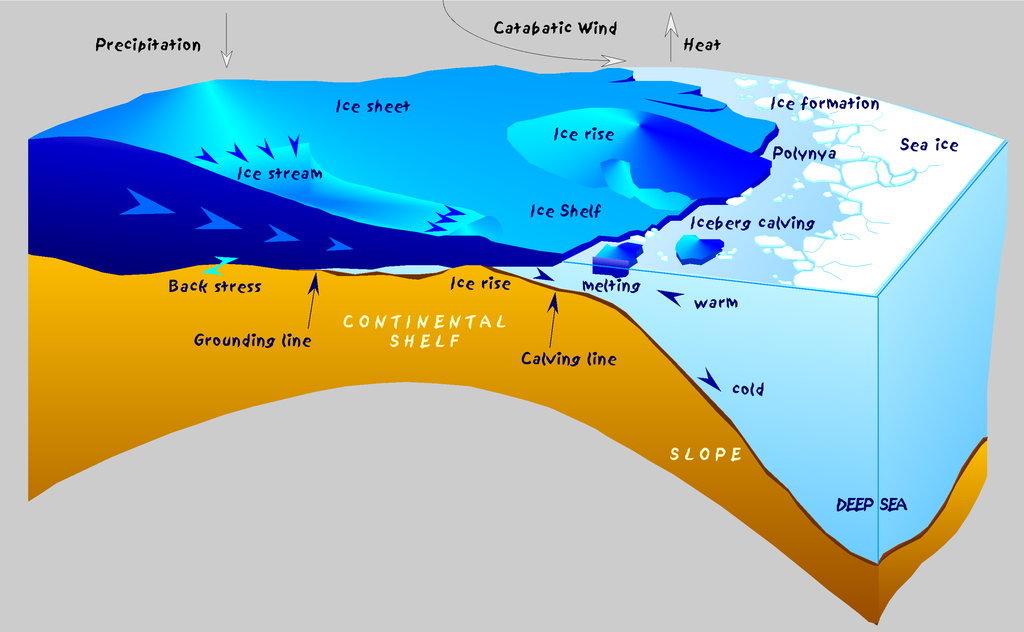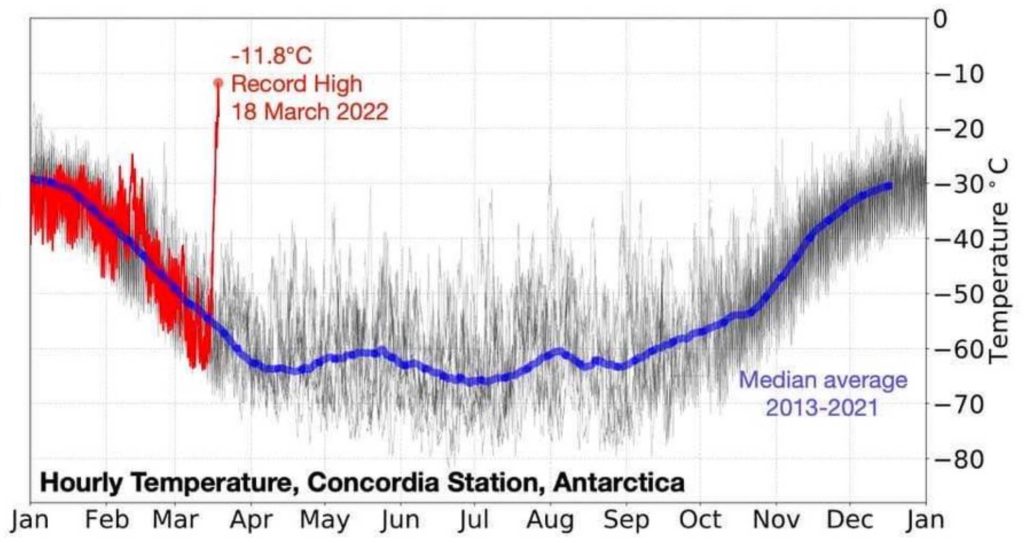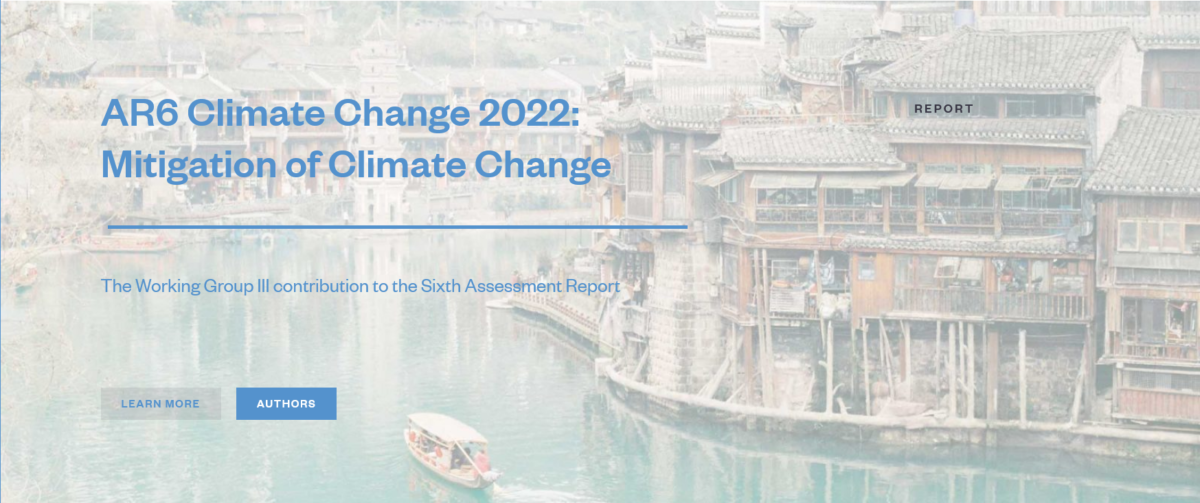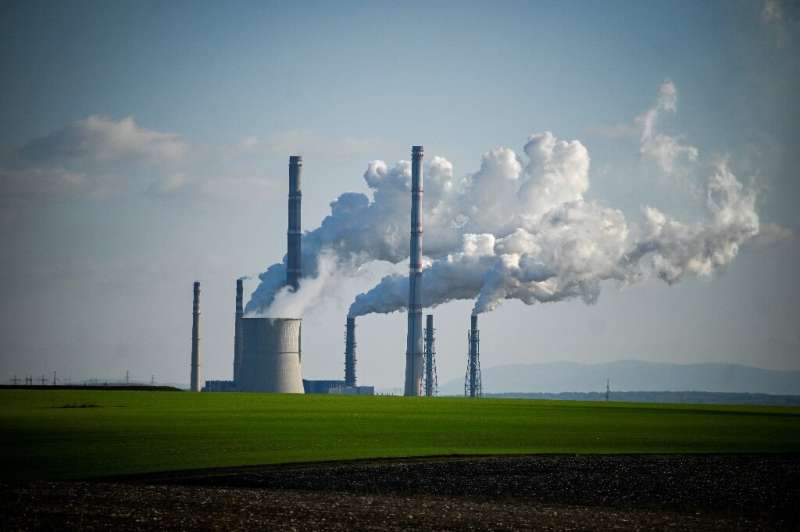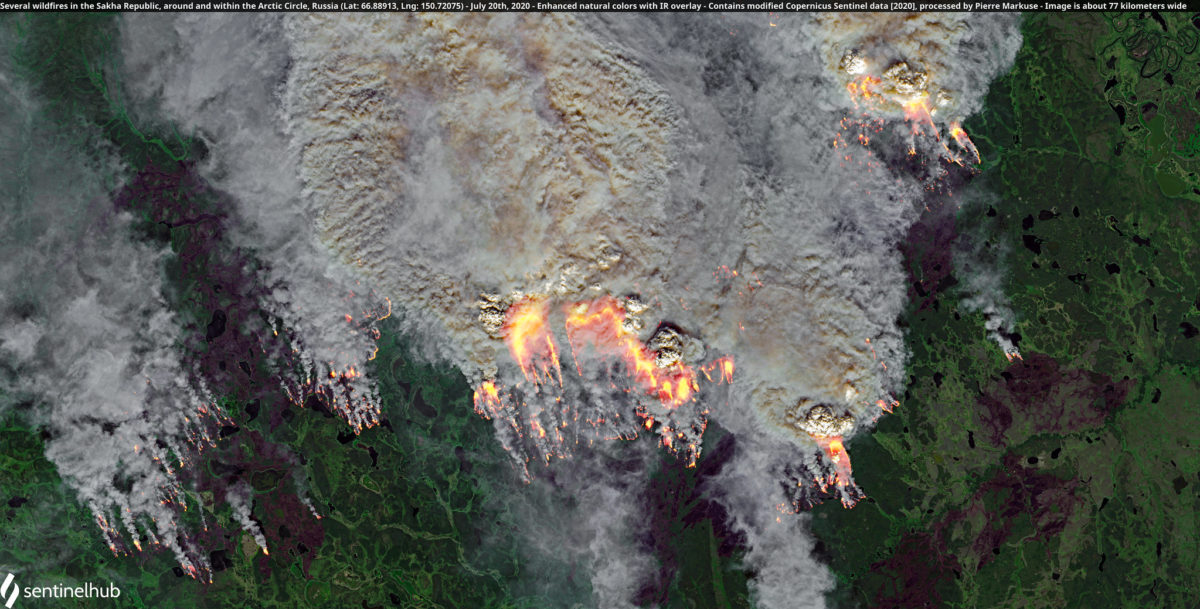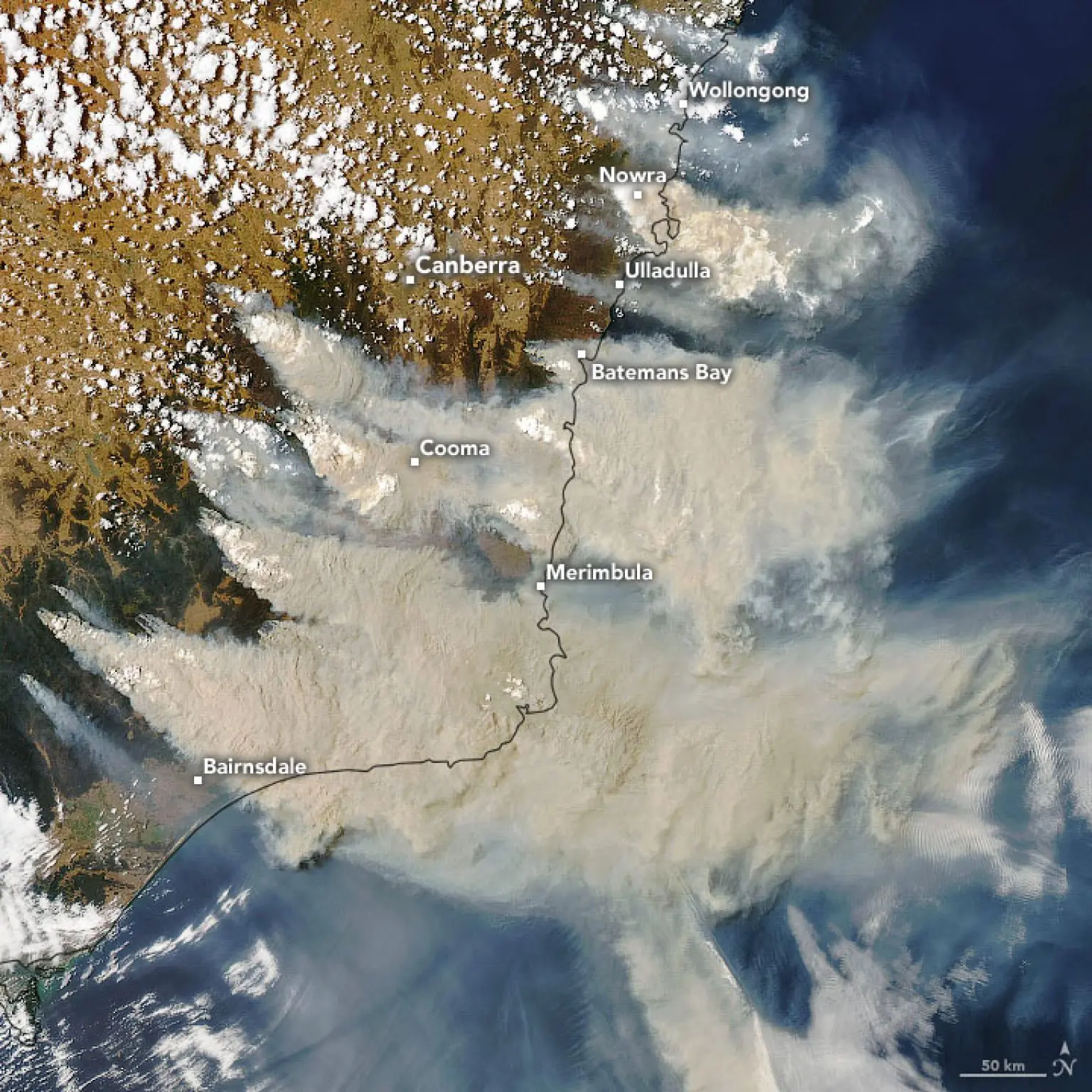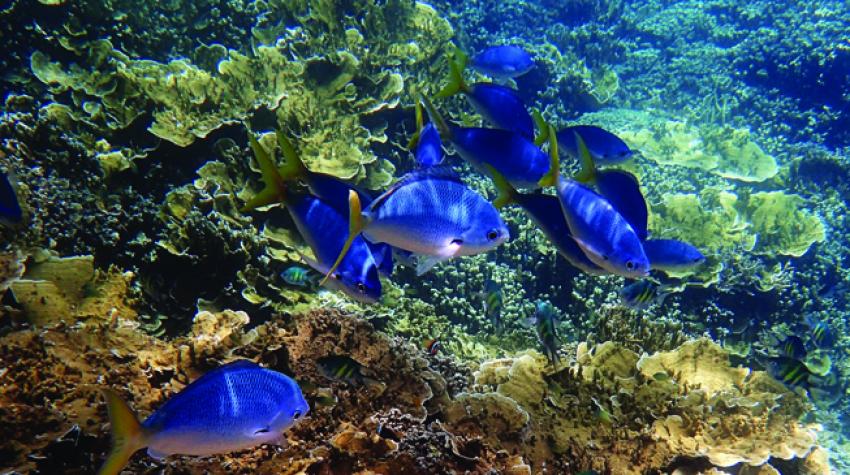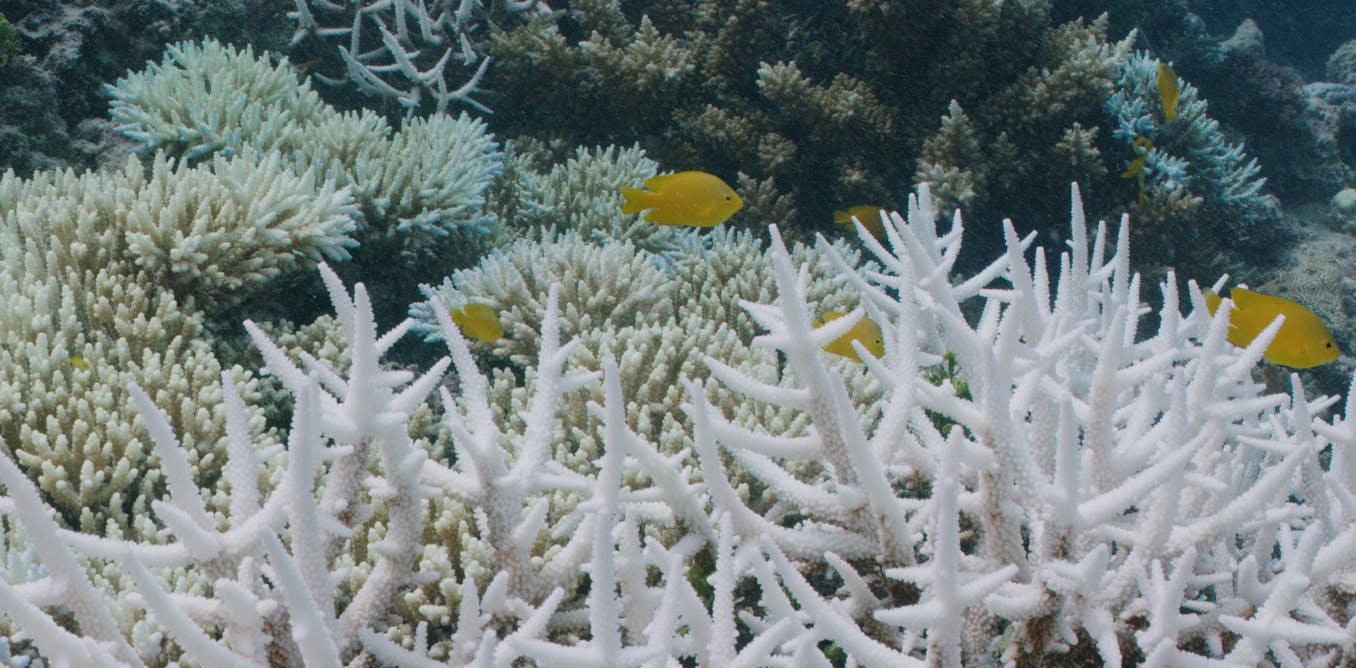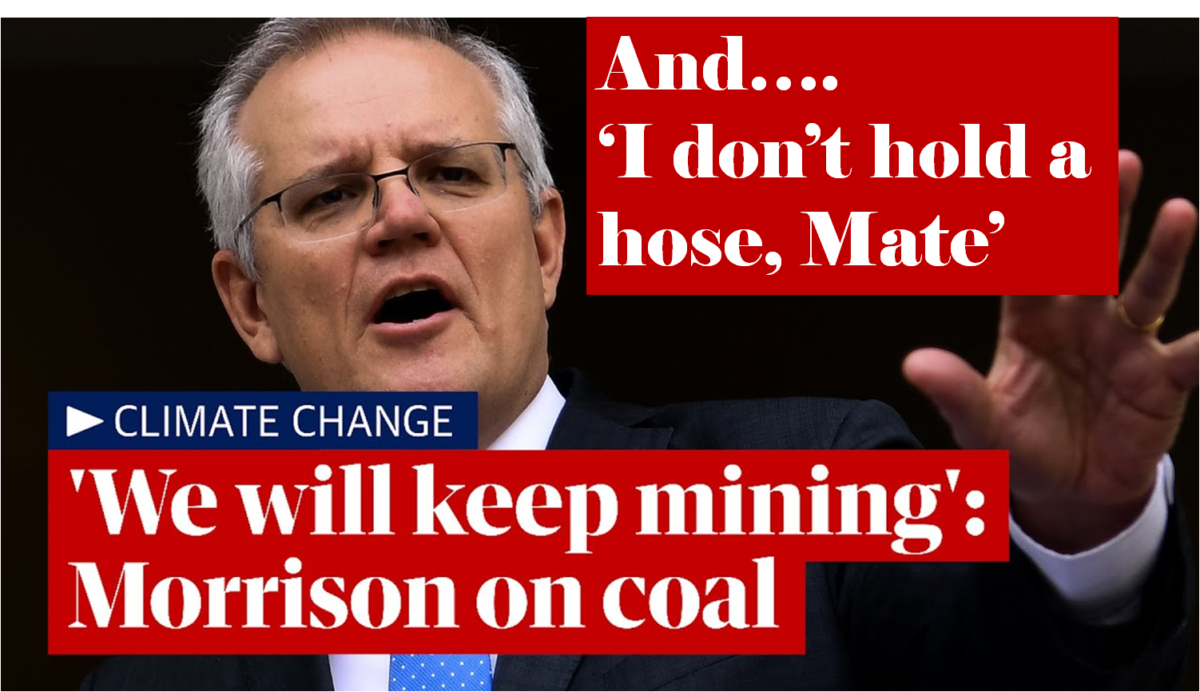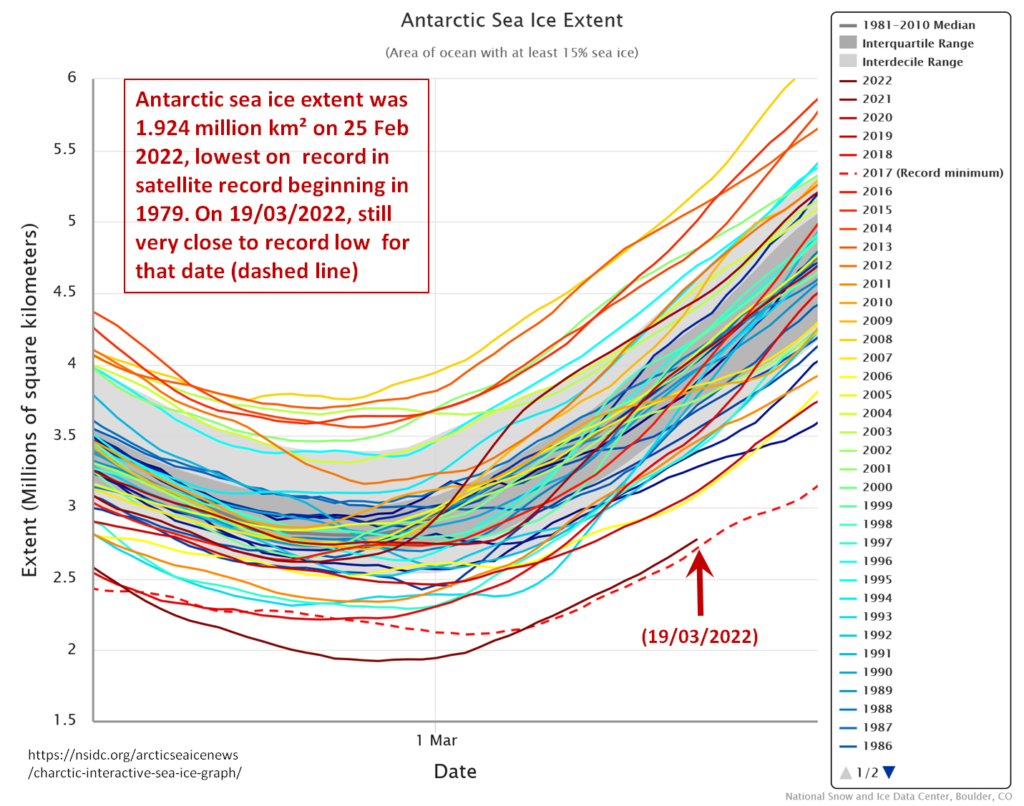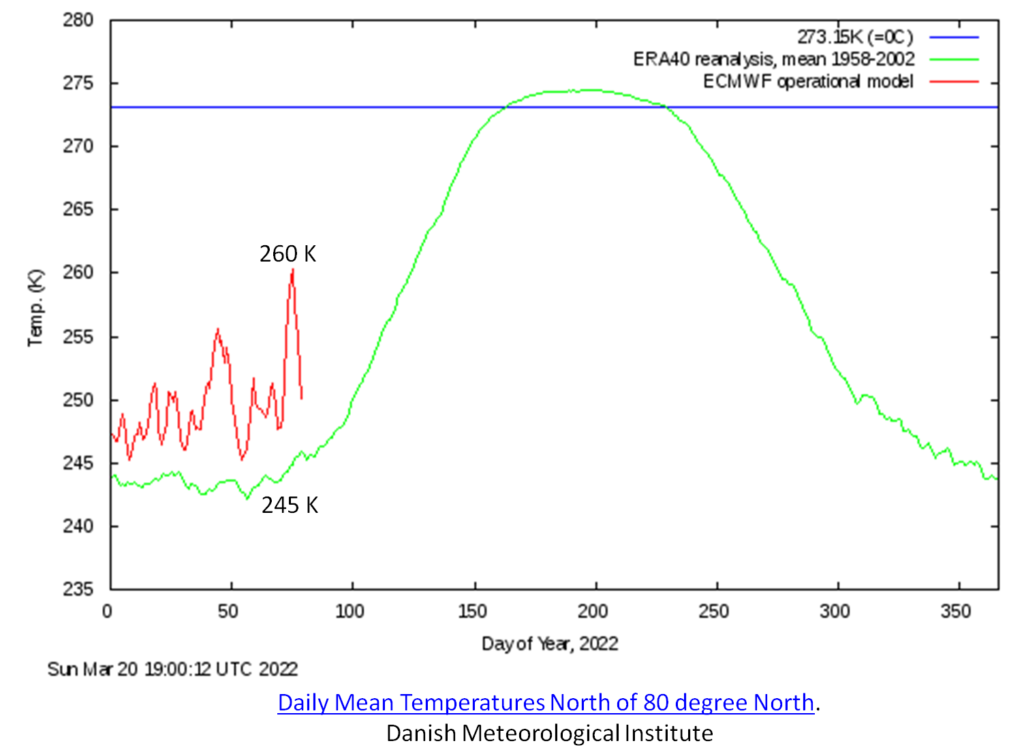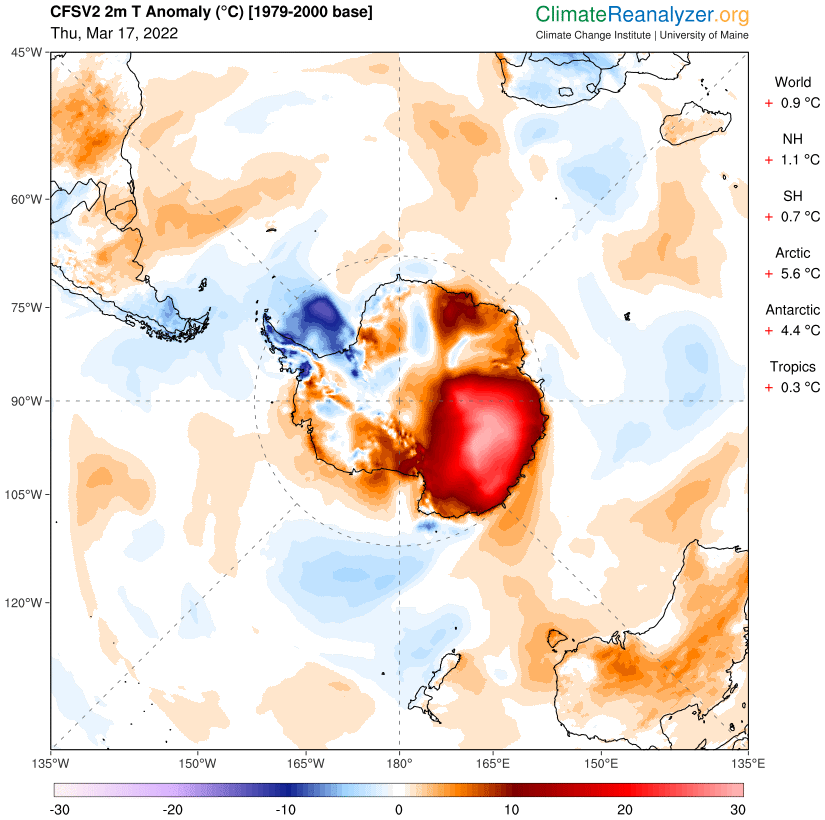Apocalypse will come if global warming is not stopped
Our climate is heading towards Apocalypse. Four factors will probably end humanity if runaway global warming is not stopped by climate action
Thanks to 100 years of extracting burning fossil fuels, the human population has expanded to exploit and control the resources of essentially the entire surface of our planet.
We live on the surface of a sphere of finite size with a fixed surface area, but population growth is almost always exponential (i.e., growth is by multiplication from one generation to the next, rather than addition) — until all the resources are used up. This situation is called ecological overshoot when resources are consumed faster than our world can replace them.
As long as people try to carry on with business as usual the situation gets worse and worse until populations begin to collapse from system breakdown, starvation and disorder in what can become an Apocalypse when the four horsemen come out to play. These situations have occurred locally throughout human history (e.g., in the 14th Century when the Black Death overcame Europe), but now we face a situation that is even more dire.
Not only have we over stretched our limited resources, but the greenhouse gas emissions from our 100-year long frenzy to burn millions of years accumulation of fossil organic carbon has so changed the composition of our planet’s atmosphere that so more solar energy is captured to significantly raise the average temperature of the whole world. In turn, this extra heat has caused changes in the polar regions to capture still more heat — we are now crossing tipping points that lead towards runaway global warming and mass extinction. See my series of posts about David Spratt’s articles on this topic in Climate Code Red for an array of evidence that these tipping points are real.
David Shearman’s article in the political news blog, “The Hill”, featured here, shows a remarkably clear understanding of the ecological aspects of the current apocalyptic crisis I have outlined above. We need to stop the Apocalypse NOW by stopping runaway global warming.

by David Shearman, 21/03/2022 in The Hill
The four horsemen of the apocalypse are destroying planet Earth
Climate change and loss of biodiversity are the terrible twins working together to threaten human existence. Unfortunately, their wicked problems are accompanied by two equally important drivers of calamity —population and economic growth. These four horsemen gallop in unison and must be considered together.
Read the complete article….
Stop the Apocalypse? In theory I would say, “Yes we can!”
If it took a much smaller (there were only 3 billion when I was born), and more ignorant population of humans more than 100 years of the industrial revolution using relatively primitive technology to stuff up our atmosphere. If it isn’t already too late….. Given our present population of 8 billion; vastly greater understanding of physics, geology, biology and many other kinds of science; combined with our vastly advanced and powerful technologies we should be able to work out how to recapture our excess emissions and safely put them back into the ground so the Earth can begin to cool.
However, as Shearman’s article shows, society will have to assemble, organize and mobilize a monumentally large and coordinated “global war effort” to have any hope of doing what is needed to avoid total mass extinction and ensure our species’ survival into the future.
In Australia our present LNP COALition Government has made it clear that they will do everything they can to keep shoveling Australian coal on the fire to support and further extend economic growth and business as usual until the very end. Our first step in organizing the war effort to escape the horsemen of the apocalypse must be to replace these puppets of the fossil fuel special interests headed up by Scotty from Marketing.
In Scotty’s own words in one of his pet mediums – something to think about:

If that wasn’t enough, here’s a choice of some of Scotty’s thinking about stopping the Apocalypse
15/02/17 via the Guardian
09/09/2021 via the Guardian
The future of power: What’s behind Australia’s push for gas-fired energy | ABC Four Corners
We need to turn away from the 4 horsemen of the Apocalypse on the road to hothouse hell, and we won’t do this by continuing with business as usual!
It seems to taken the clear thinking of Greta Thunberg, a 16 year-old girl who concluded school was pointless as long as humans continued their blind ‘business as usual’ rush towards extinction.

In other words, wake up! smell the smoke! see the grimly frightful reality, and fight the fire that is burning up our only planet so we can give our offspring a hopeful future. This is the only issue that matters. Even the IPCC’s hyperconservative Sixth Assessment WG2 Report that looks at climate change’s global and regional impacts on ecosystems, biodiversity, and human communities makes it clear we are headed for climate catastrophe if we don’t stop the warming process.
Scott Morrison and his troop of wooden-headed puppets are doing essentially nothing to organize effective action against the warming. In fact all they doing is rearranging the furniture in the burning house to be incinerated along with anything and everyone we may care about.
In Greta’s words, “even a small child can understand [this]”. People hope for their children’s futures. She doesn’t want your hopium. She wants you to rationally panic enough to wake up, pay attention to reality, and fight the fire…. so our offspring can have some hope for their future. Vote Climate One’s Traffic Light Voting System will help you use your preferential votes wisely on behalf of our offsprings’ future.
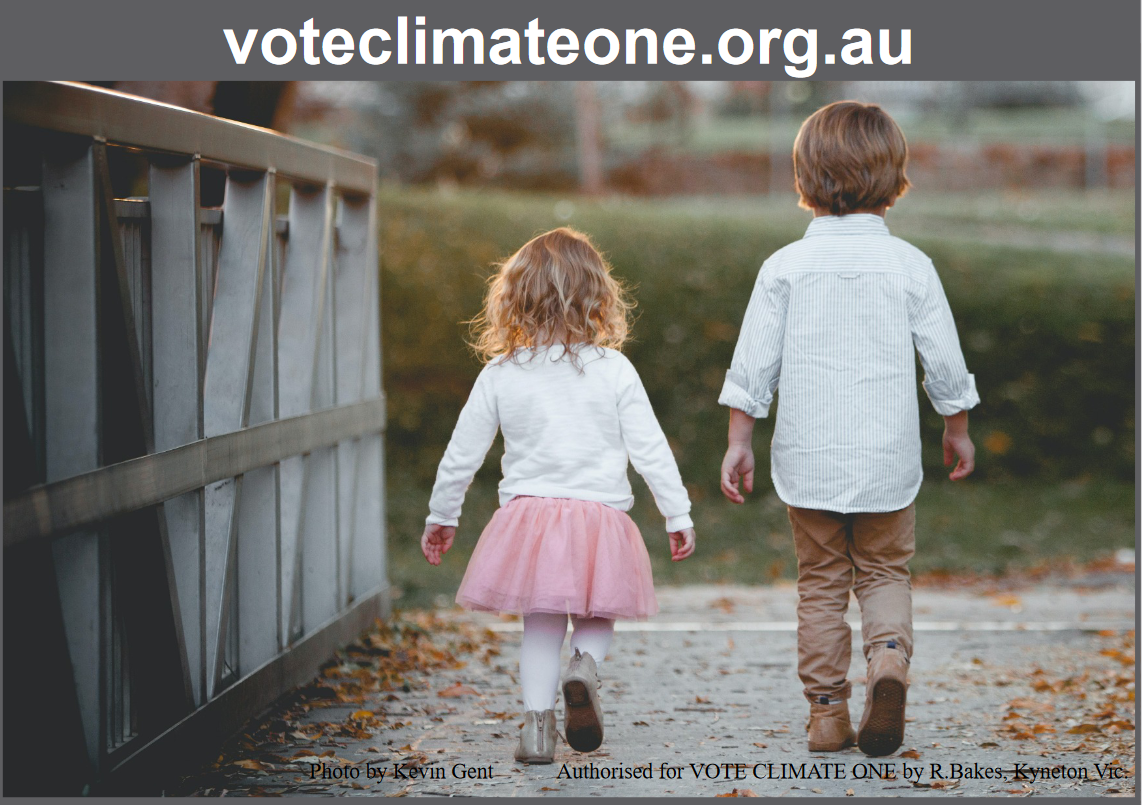
Featured image: Four Horsemen of Apocalypse, by Viktor Vasnetsov. Painted in 1887. / Public domain: The author died in 1926, so this work is in the public domain in its country of origin and other countries and areas where the copyright term is the author’s life plus 95 years or fewer.
